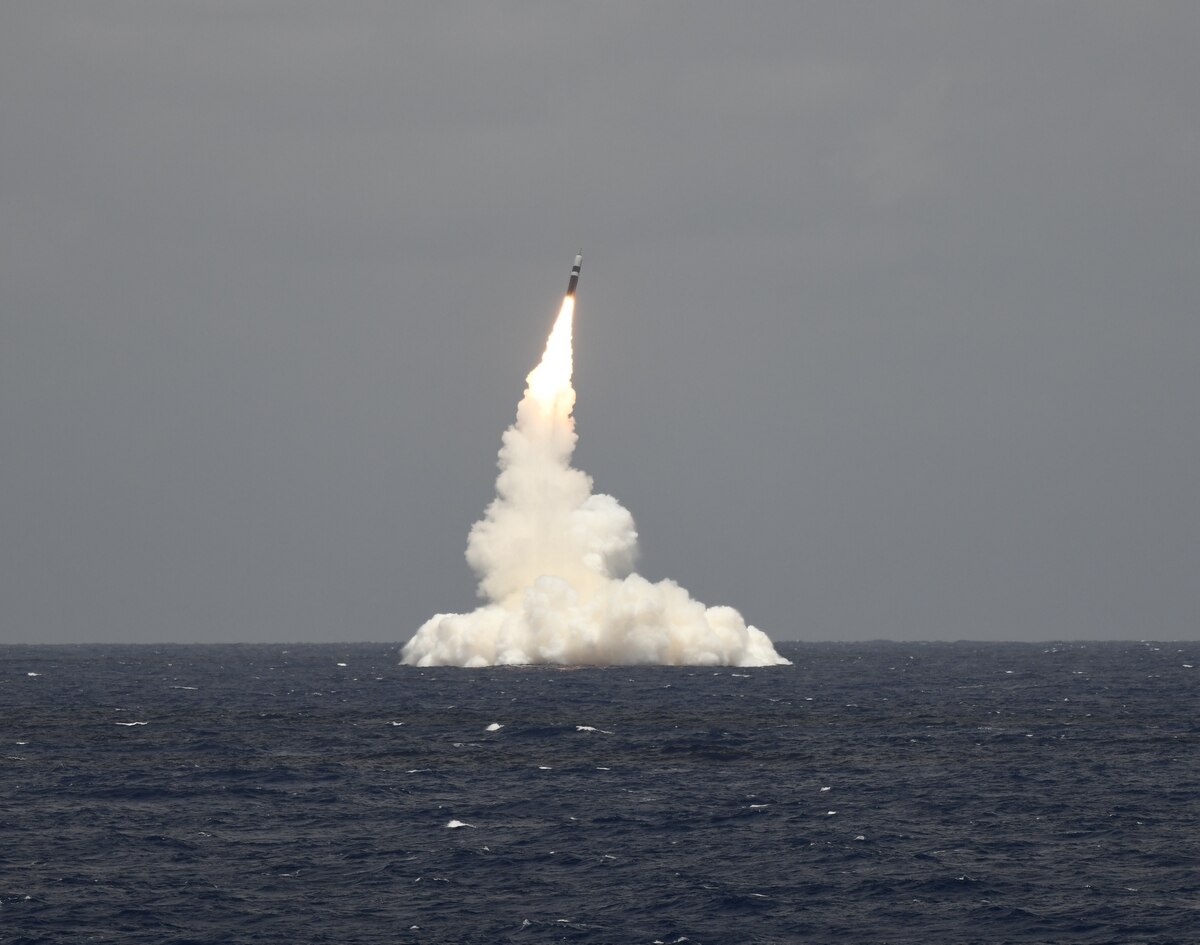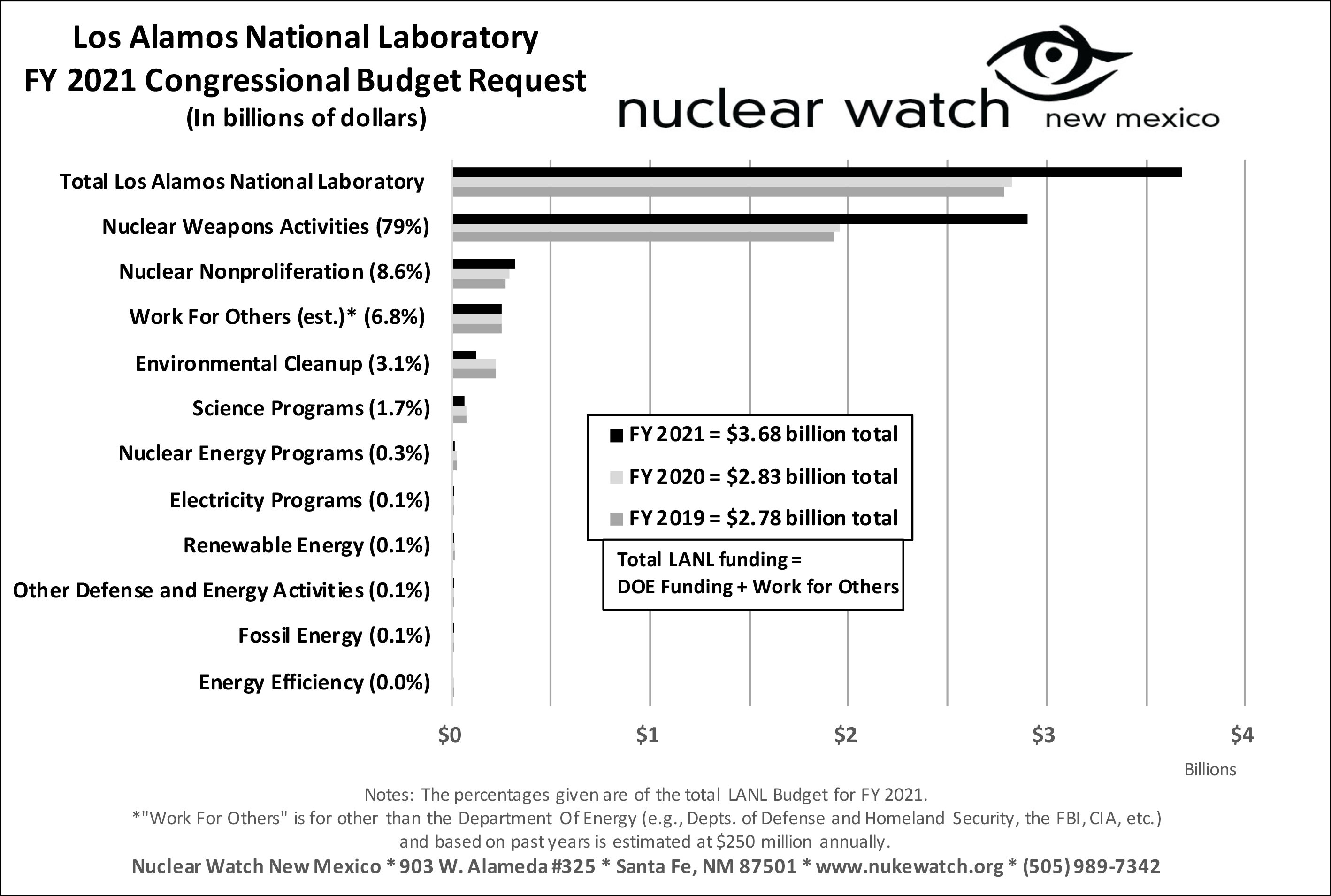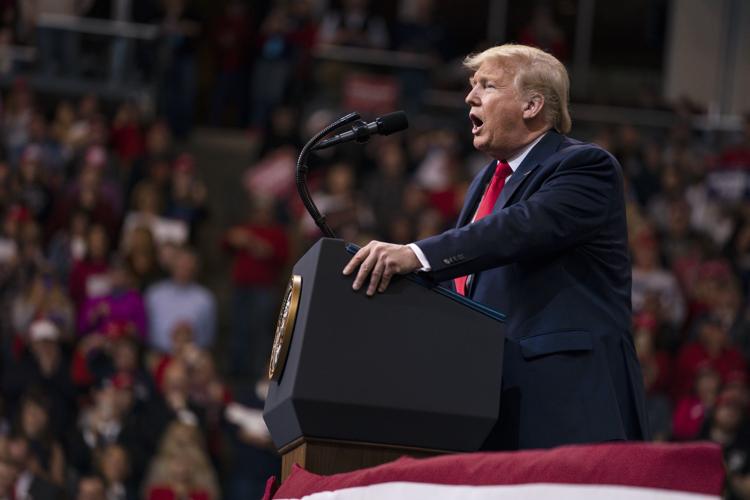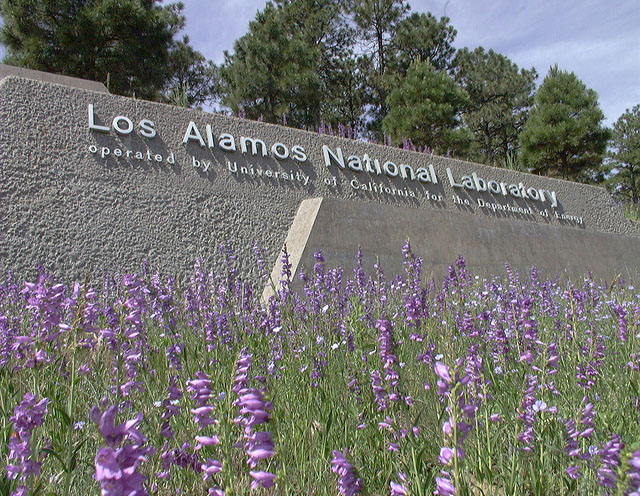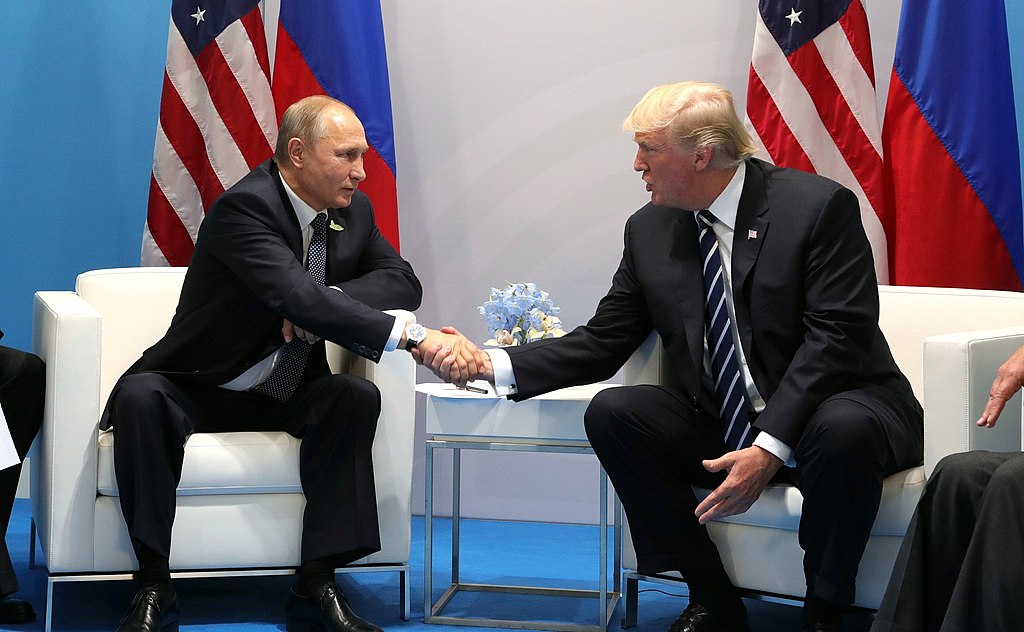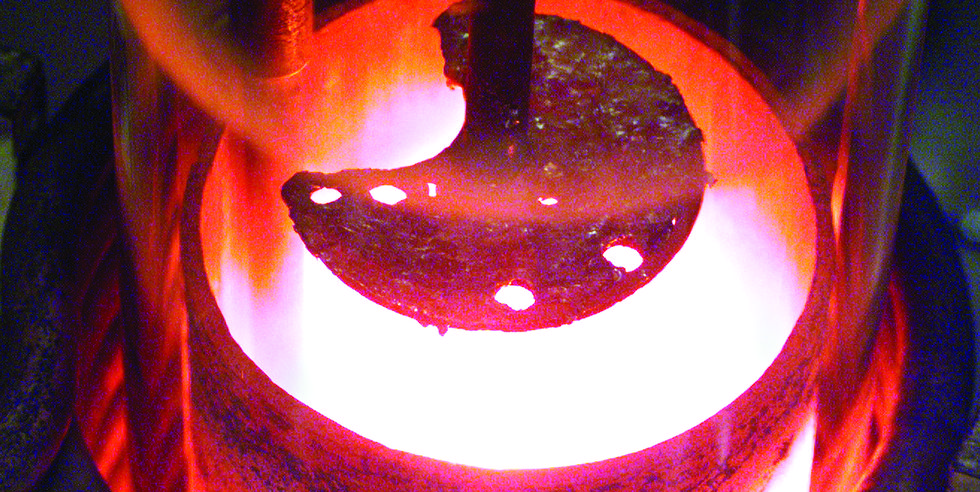Read the letter here
BY: COLIN DEMAREST | aikenstandard.com
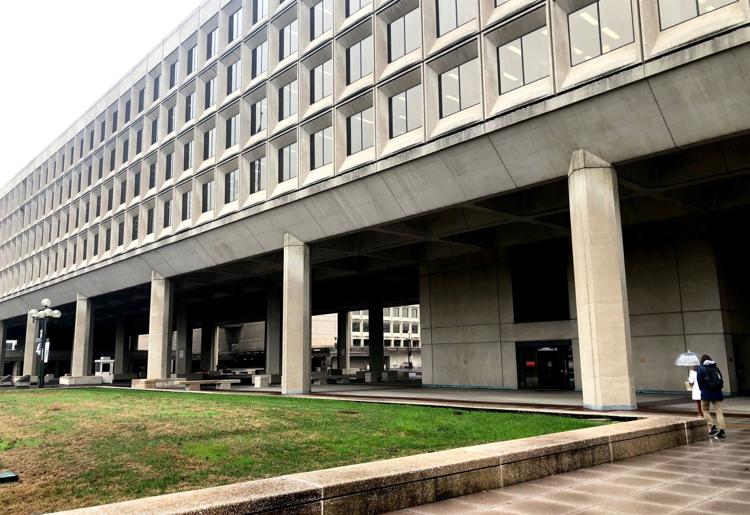
Two prominent Democratic senators have asked a congressional watchdog to examine the National Nuclear Security Administration’s nuclear weapons spending and related workload.
The request comes a little more than two weeks after President Donald Trump unveiled his fiscal year 2021 budget request, which included $19.8 billion for the semiautonomous U.S. Department of Energy agency, $15.6 billion of which is flagged for nuclear weapons work.
That’s 25.2% above the fiscal year 2020 enacted level.
“Questions about affordability are critical given the significant expansion in NNSA’s budget and activities,” U.S Sens. Dianne Feinstein of California and Ed Markey of Massachusetts wrote in their Feb. 27 letter to the Government Accountability Office.
“The GAO raised concerns in a 2017 report about the affordability of NNSA modernization efforts,” the letter also reads, “and NNSA’s budget and activities have expanded significantly since that time.”
The independent accountability office investigates and issues reports often, touching everything from agriculture and food to national defense and tax policy.

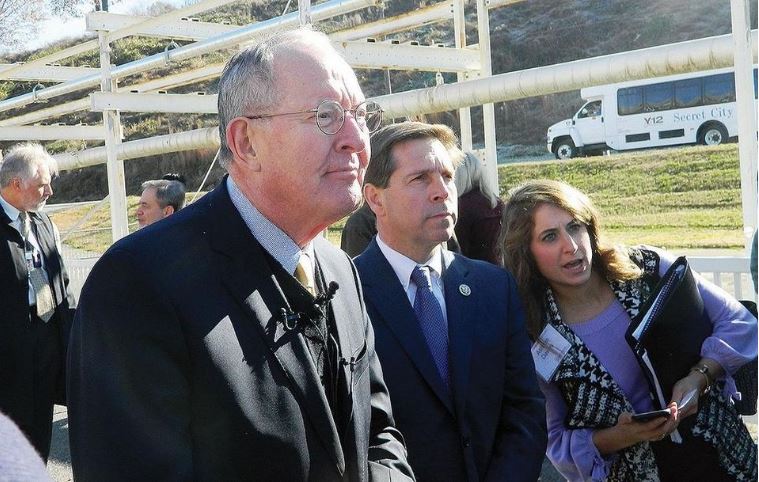
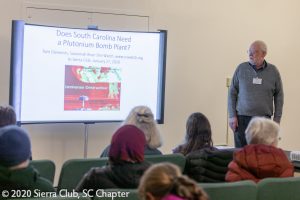 Columbia, South Carolina – A budget document released by the U.S. Department of Energy late on Wednesday, February 26 reveals that the agency has assumed a stunning projected cost of $4.6 billion to convert the poorly constructed plutonium fuel (MOX) building at the Savannah River Site into a Plutonium Bomb Plant (PBP). This amount of spending reveals that DOE and contractors aim to repurpose the failed MOX project into a perpetual money machine, according to the public interest group Savannah River Site Watch.
Columbia, South Carolina – A budget document released by the U.S. Department of Energy late on Wednesday, February 26 reveals that the agency has assumed a stunning projected cost of $4.6 billion to convert the poorly constructed plutonium fuel (MOX) building at the Savannah River Site into a Plutonium Bomb Plant (PBP). This amount of spending reveals that DOE and contractors aim to repurpose the failed MOX project into a perpetual money machine, according to the public interest group Savannah River Site Watch.